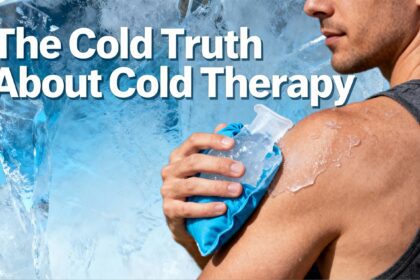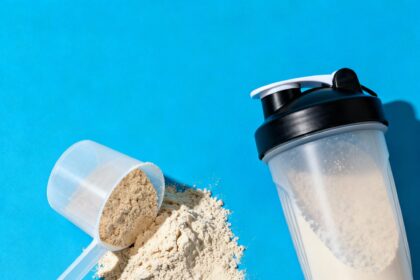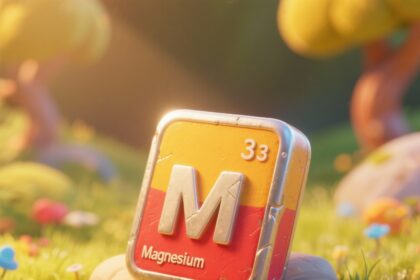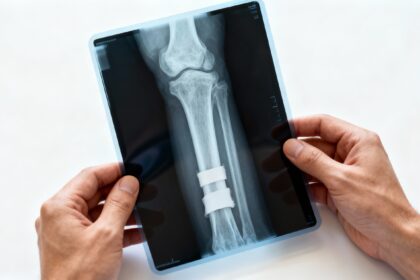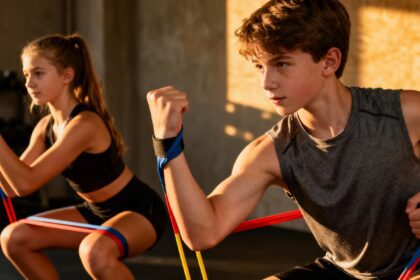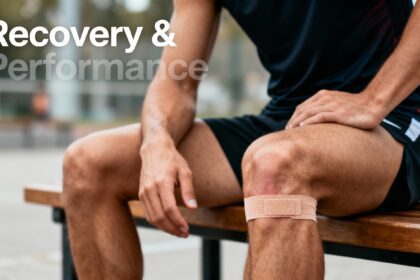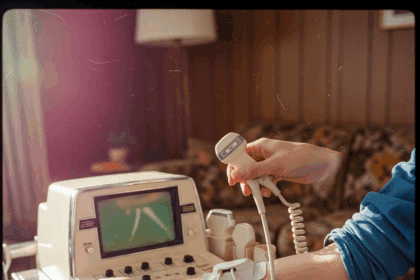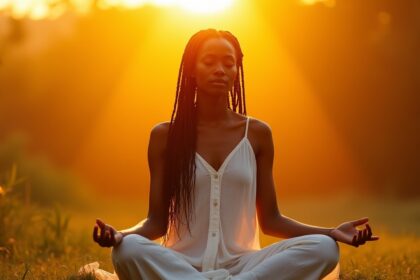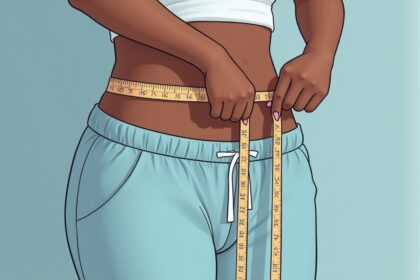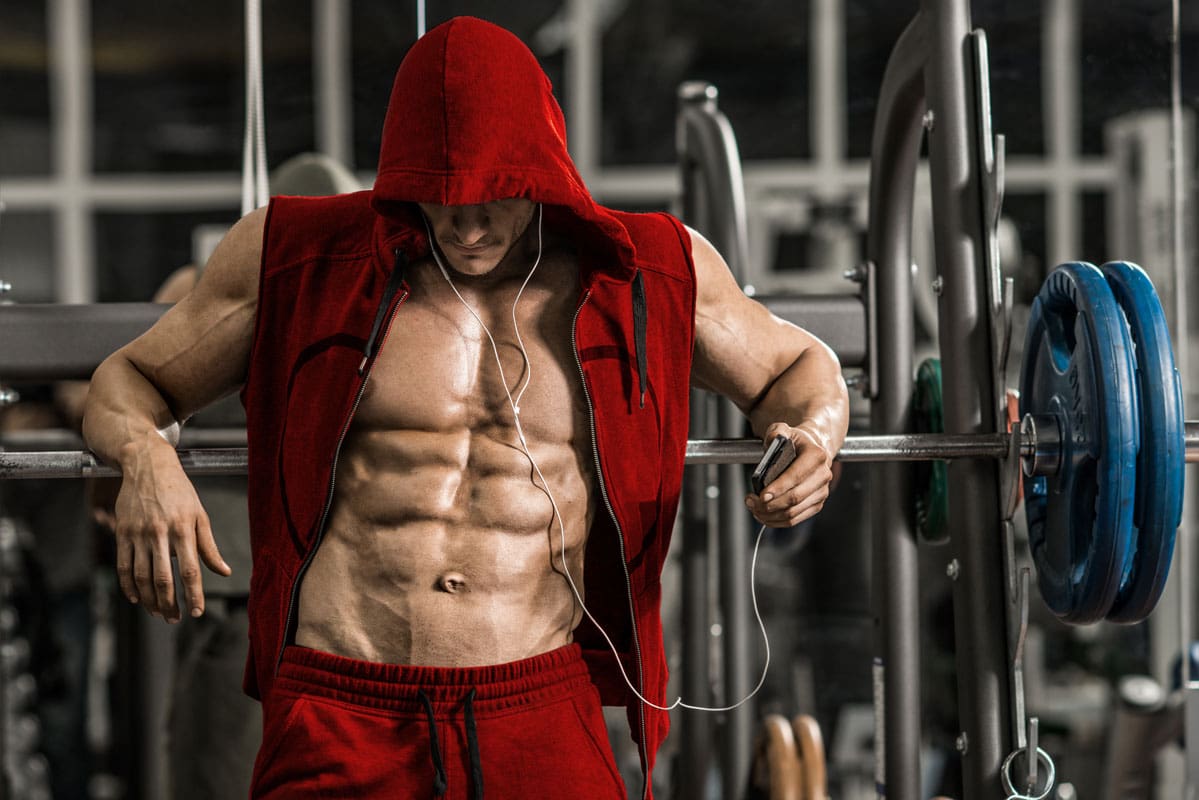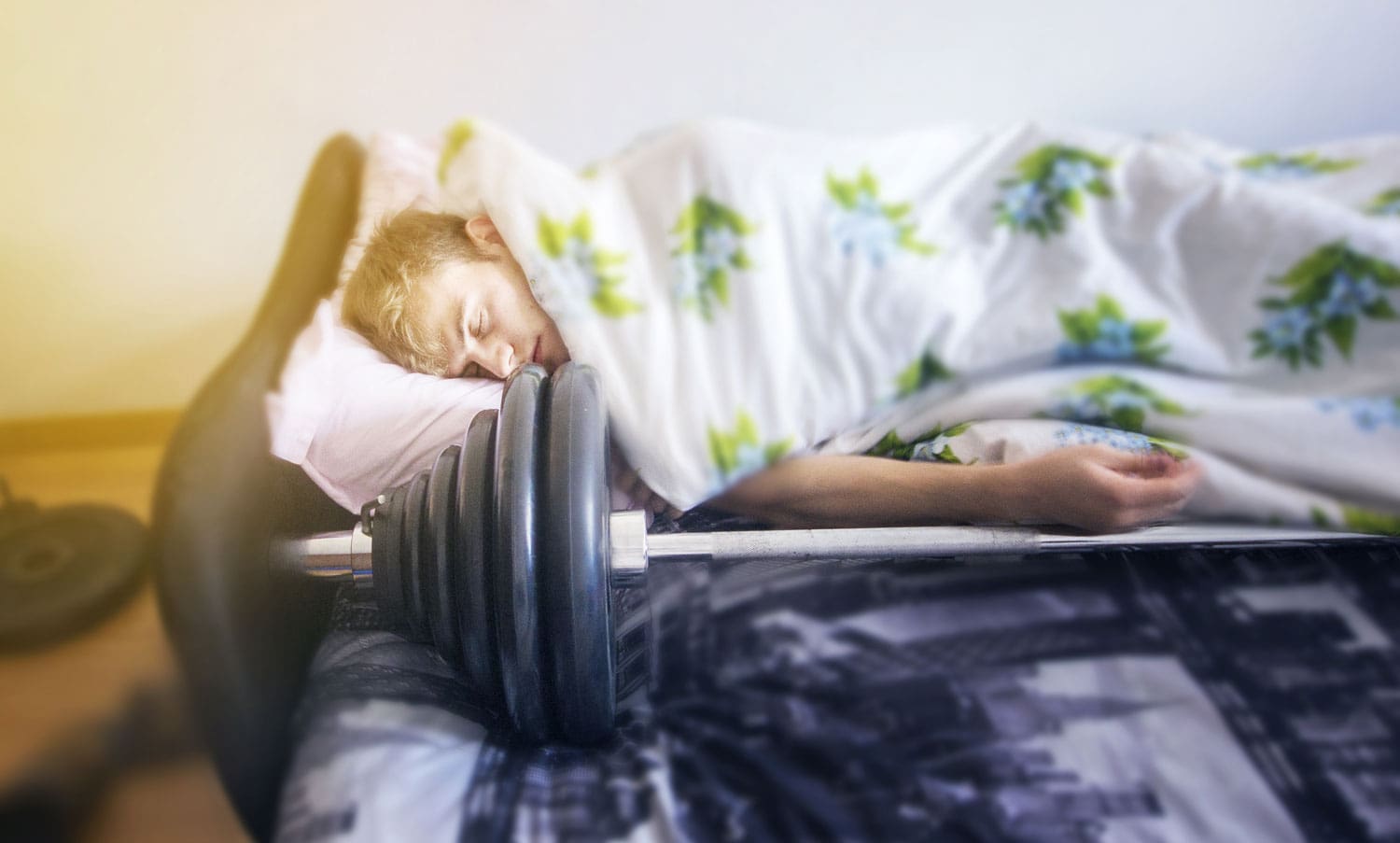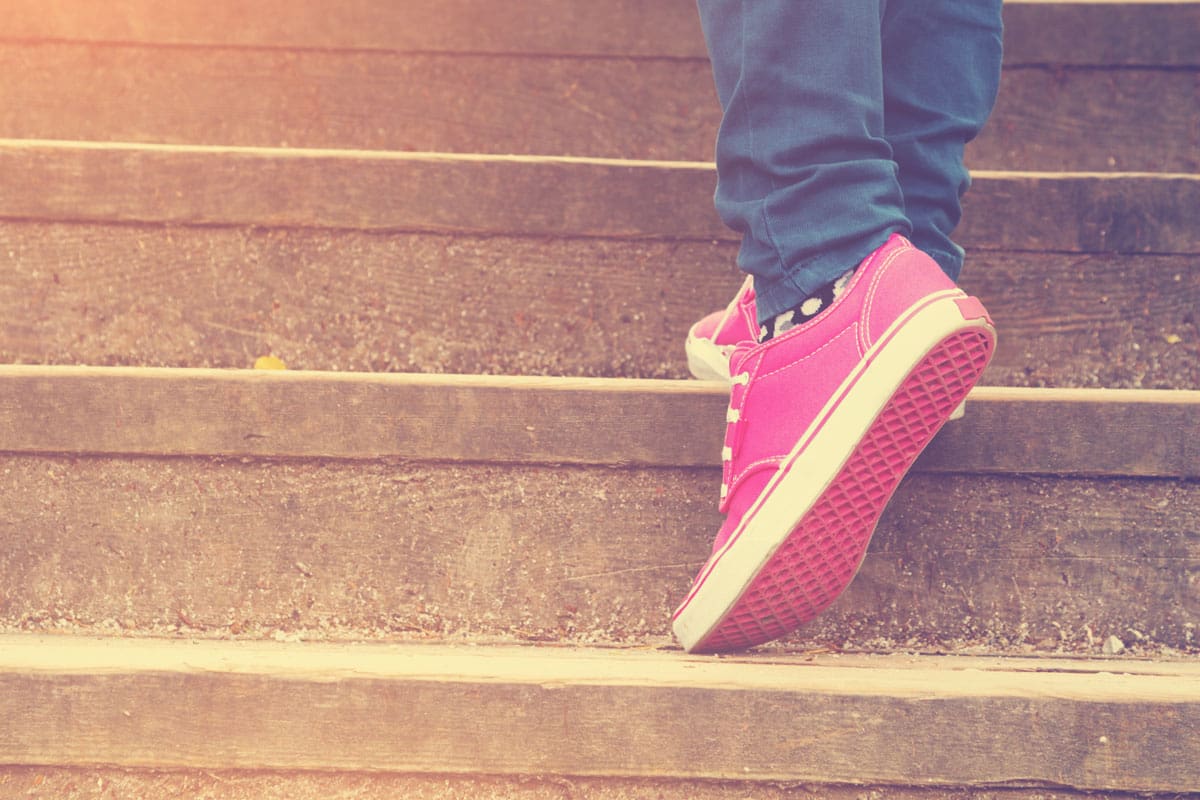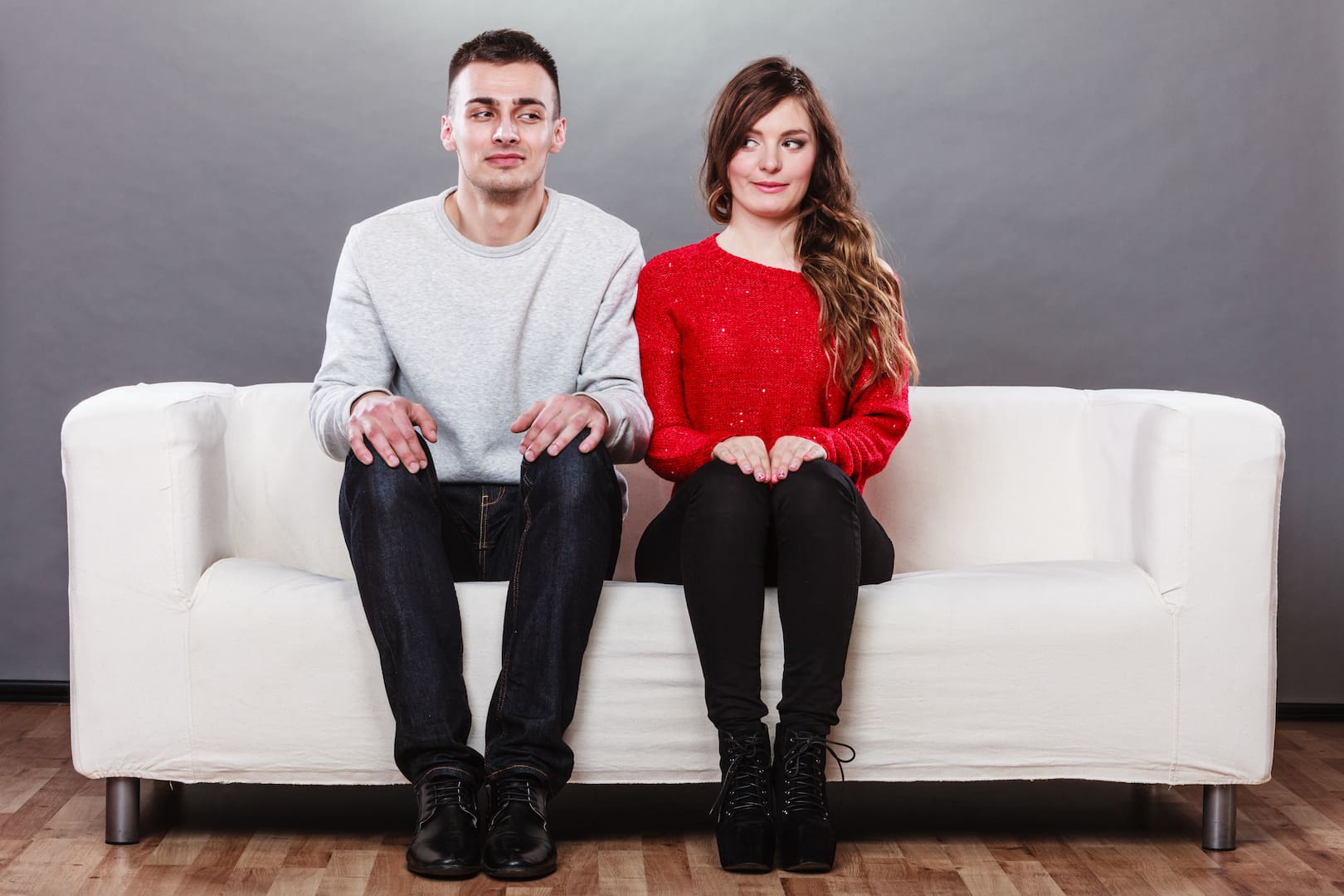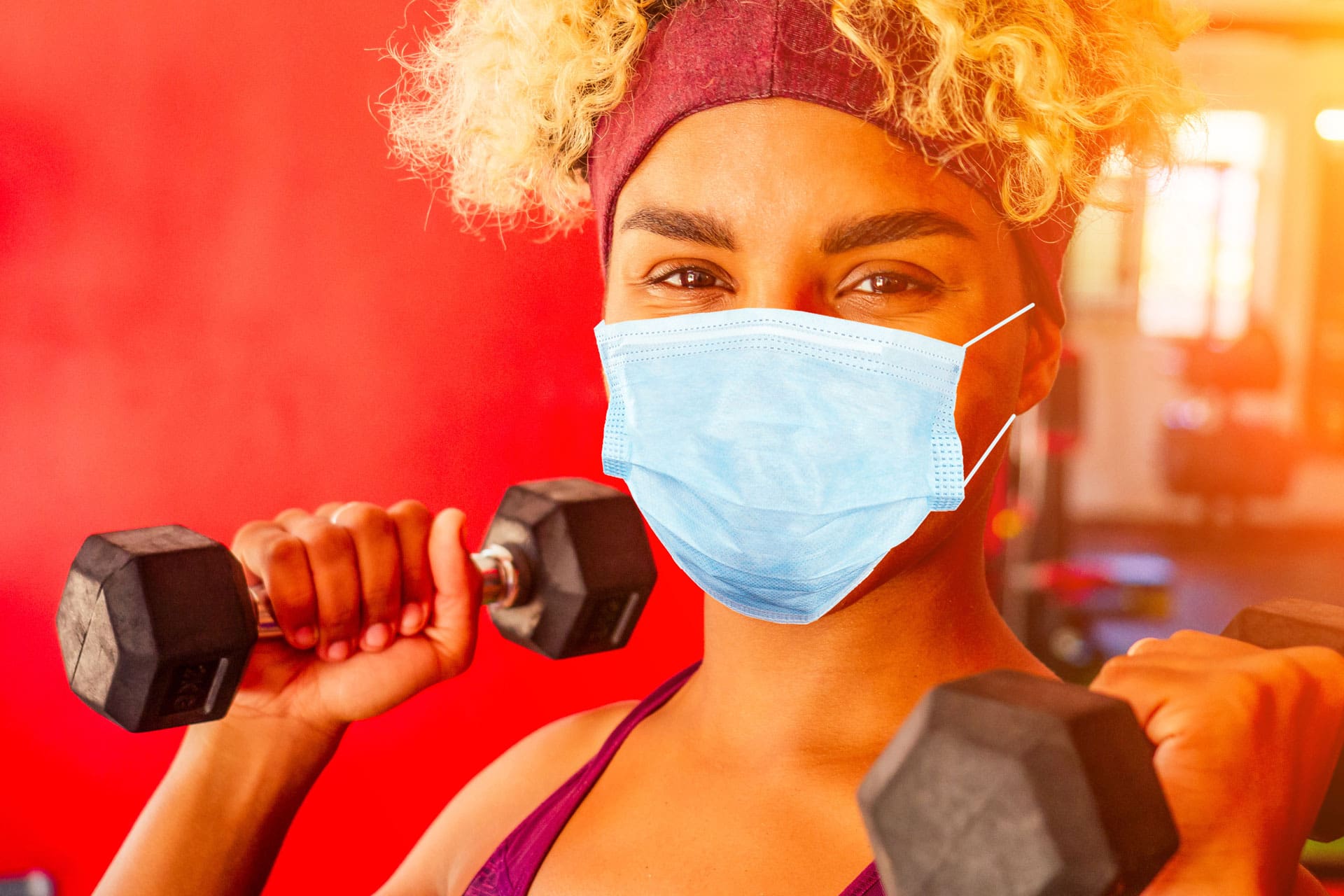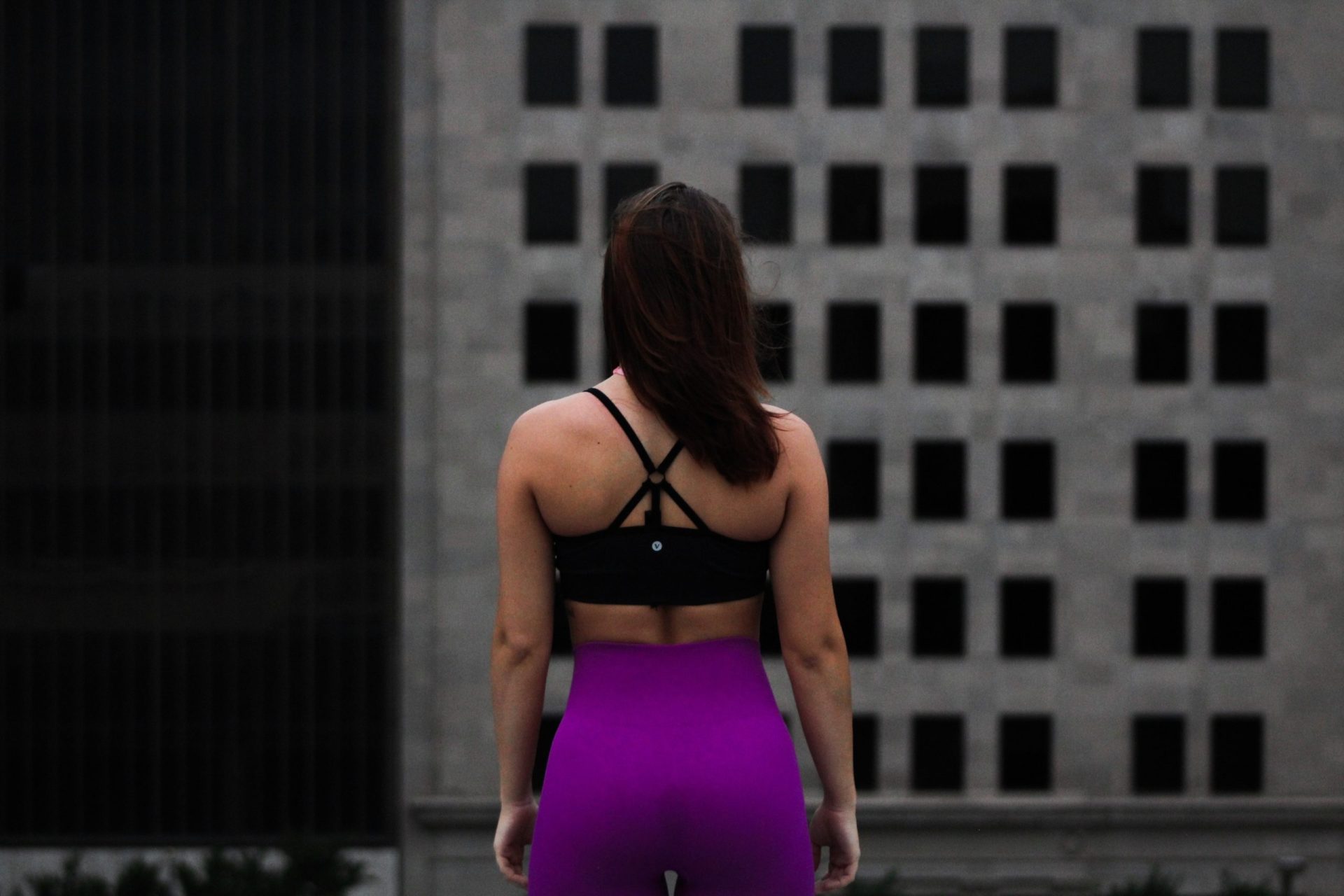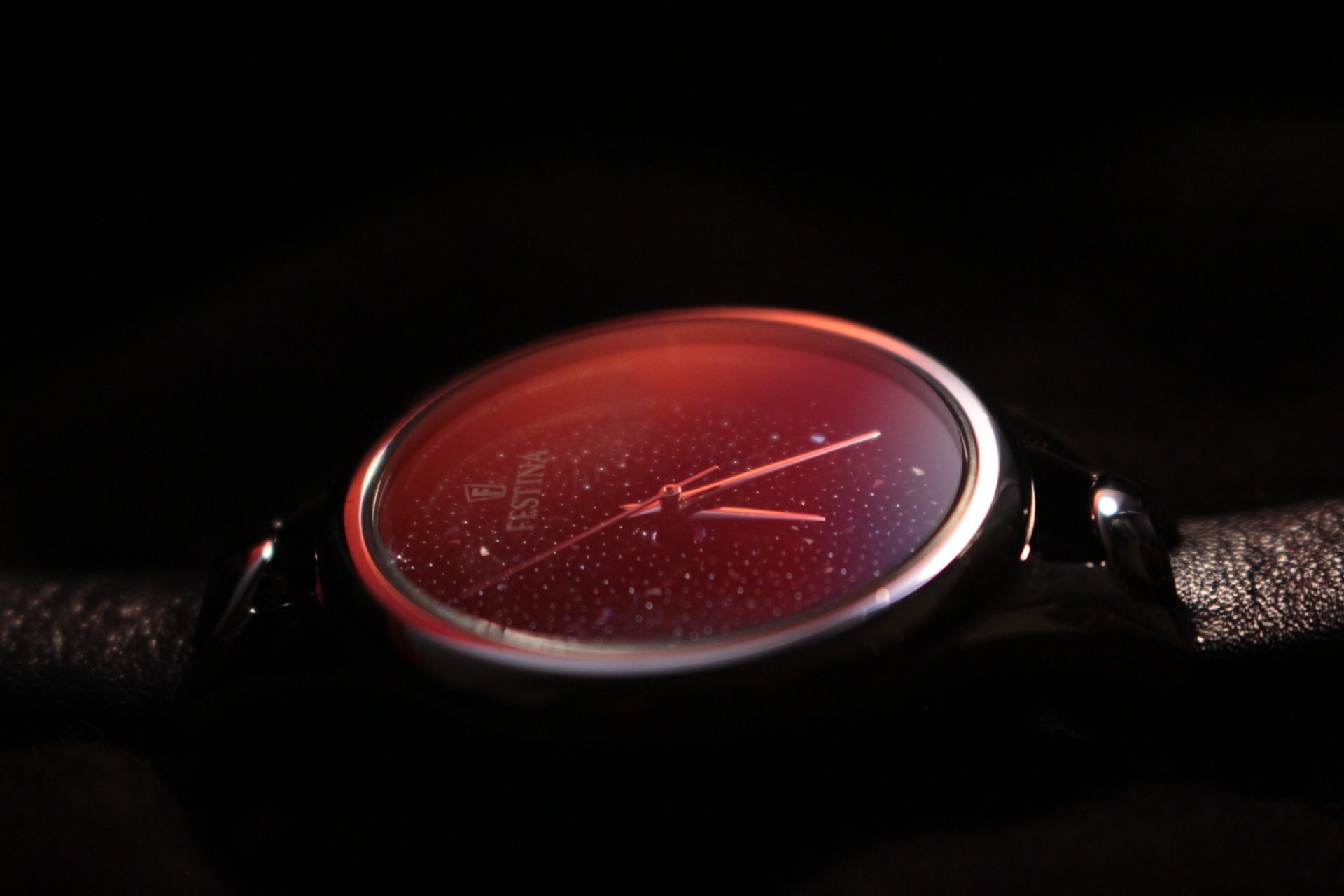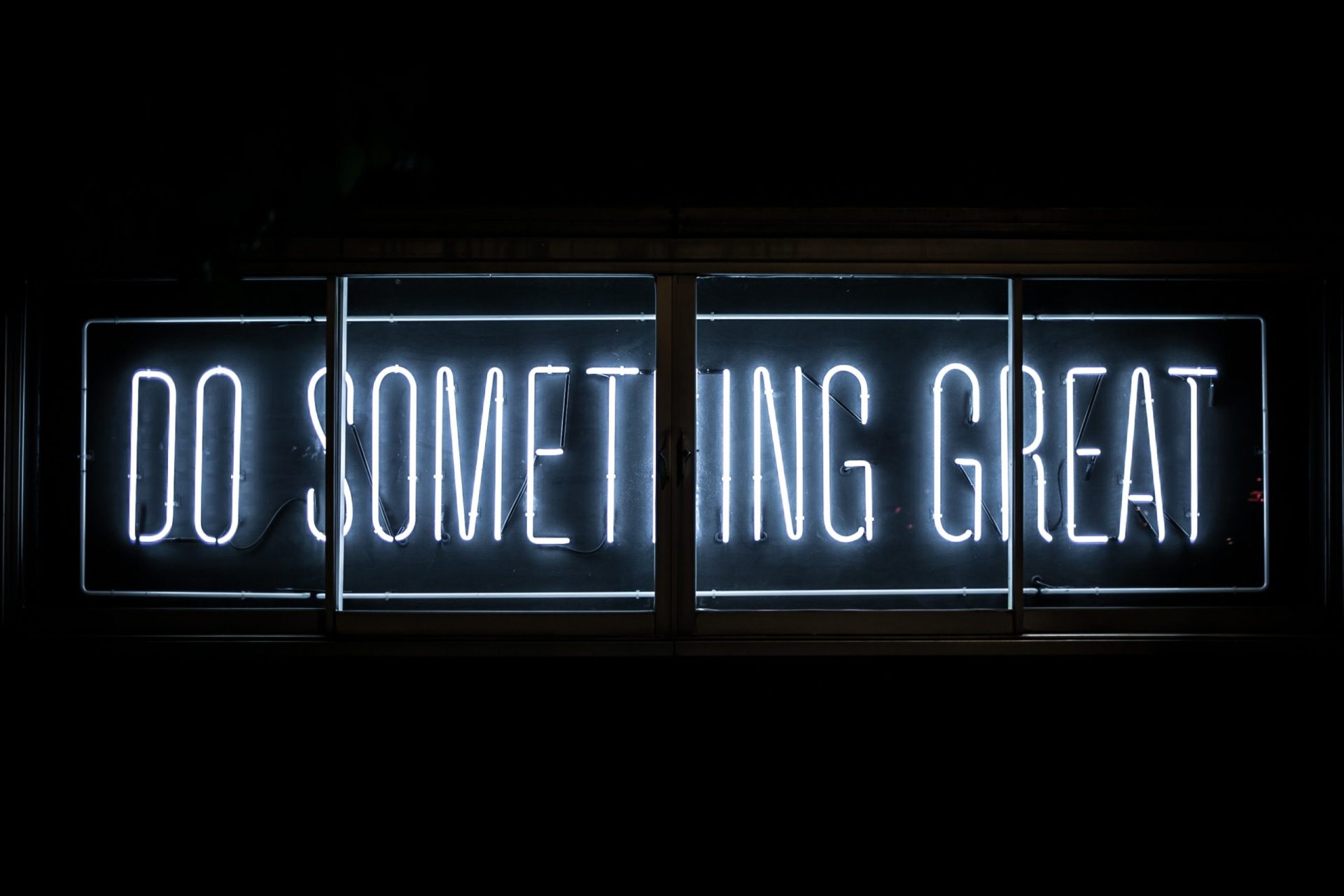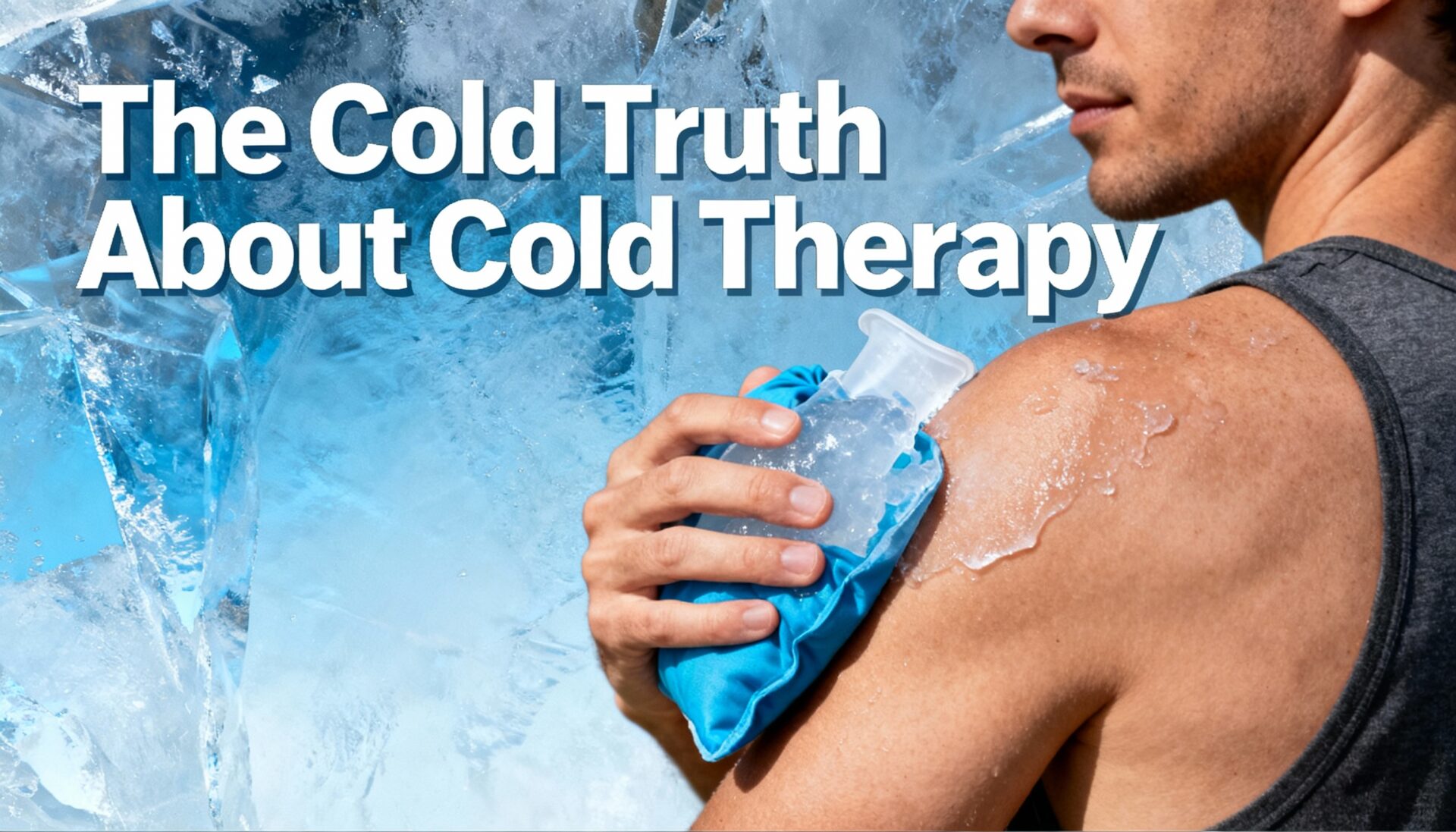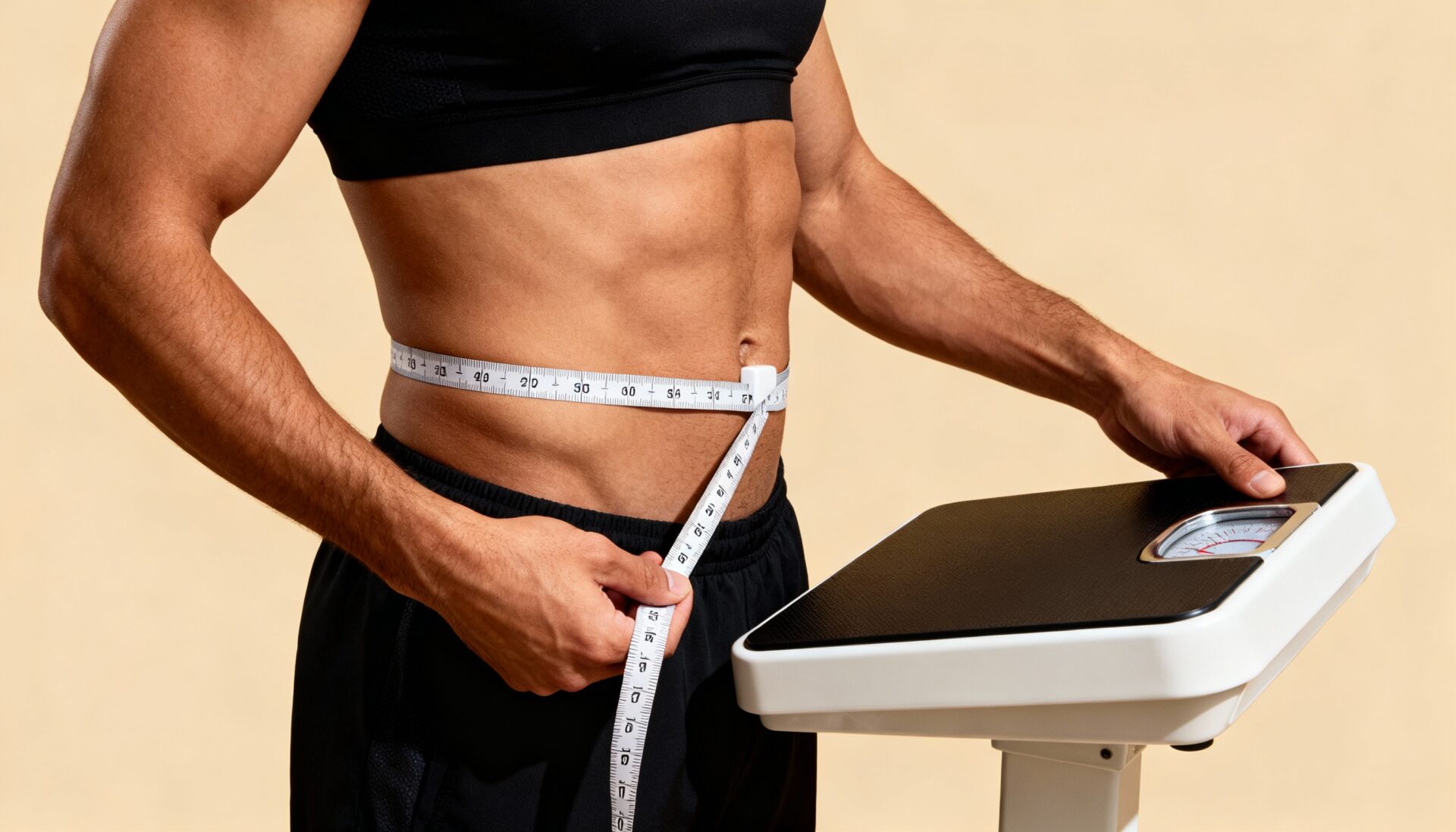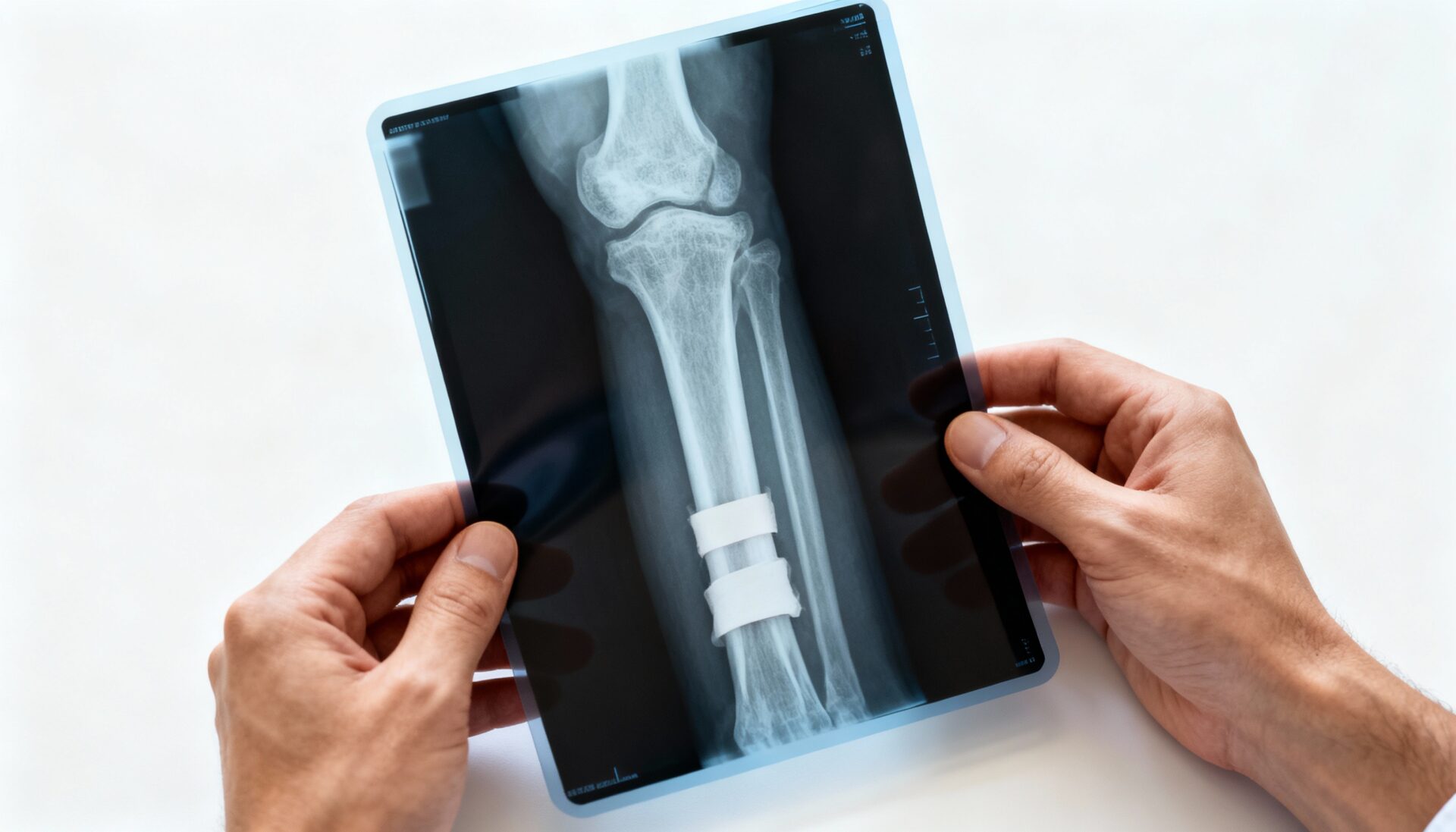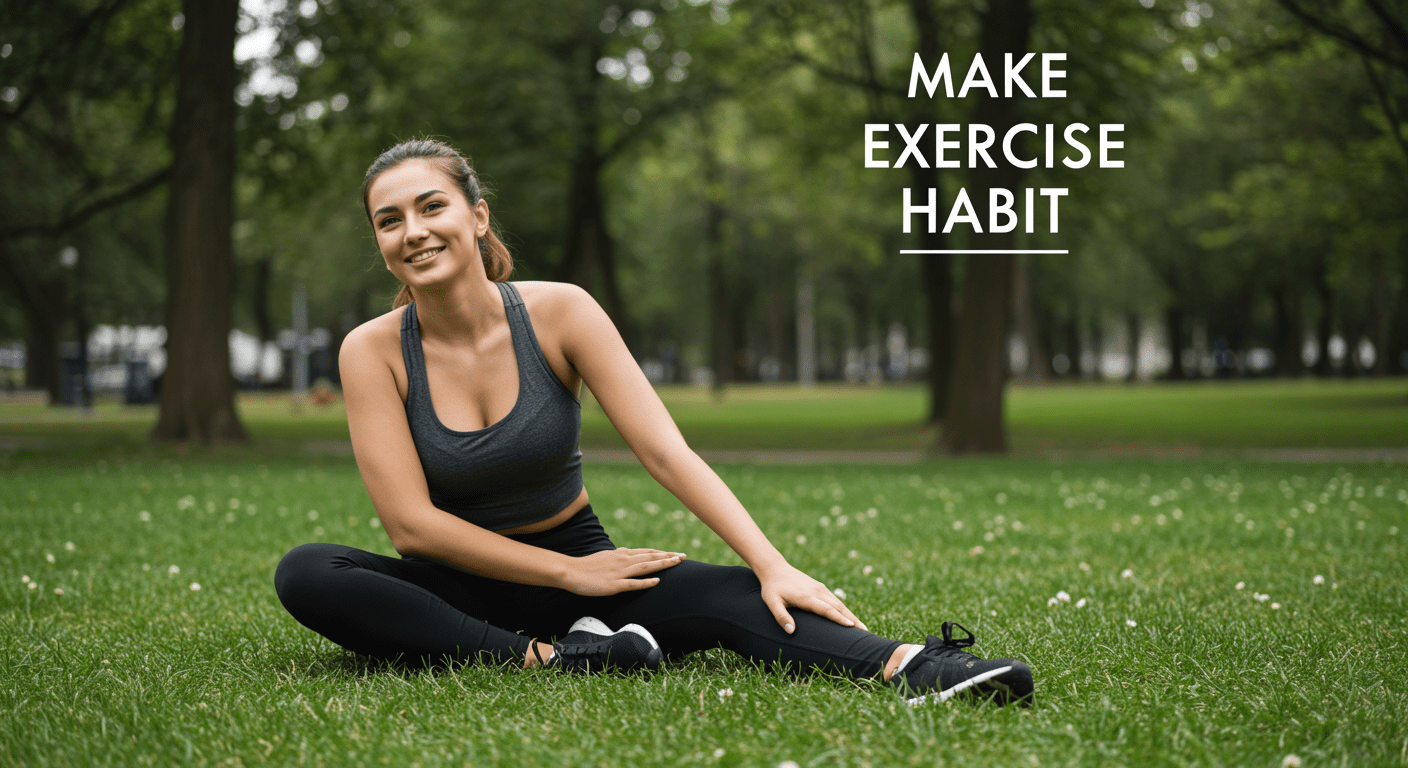Most athletes know that it is critical to receive quality sleep to maintain their athletic performance. A 2021 paper suggested athletes establish a balance between stress and recovery by adopting recovery practices that will help with fatigue and improve their performance. The quality and quantity of sleep is essential for athletes. Studies have been looking at measures of wellness along with training loads during the academic year to determine any effect on wellbeing and differences in sleep patterns. The 2021 paper found that athletes who slept at least 8 hours a night were on the low end of experiencing an injury or illness. Also, collegiate athletes who preserved good sleep patterns were not expected to suffer from issues associated with high levels of stress.
College athletic recovery practices are used to minimize injuries and to keep athletes healthy year-round. These practices can include stretching, foam rolling, sleep, nutrition, compressive massage, and hydration. However, many athletes are unaware of what they need. A 2018 report on Division 1 College Athletes indicated that they chose their method of recovery based on both evidence and experience. A 2017 survey reported many choices may have been influenced by what the coaching staff preferred and could be influenced by what athletes observed at higher levels of competition such as professional sports. Although many athletes reported that sleep is essential for ideal performance and recovery, only a quarter of athletes both believed and used sleep as a recovery method. A 2016 study cited other factors that can have an influence on an athletes’ ability to sleep, such as classes and excessive phone use.
Sleep is the most important recovery modality used for athletes and for performance enhancement, according to a 2012 study. Sleep influences the immune system, the endocrine system, as well as playing an integral role in cognitive function. Increasing interest has been given to the relationship between nutrition, sleep, and recovery. These three factors play a significant role in athletic performance. A 2014 study found that for sleep to have restorative effects on the body, it needs to be of sufficient duration, quality and be correctly timed. Further, a 2013 study suggested elite athletes may require more quality sleep than non-athletes. Athletes should develop a plan involving sleep, nutrition, and hydration for improvement in their performance. As with sleep, rest days are also seen as being key for athletes. It was demonstrated in a 2021 study that sleep quality improved by implementing rest days throughout the athletes’ training cycle. In a well-conceived recovery plan, rest days should be included to improve sleep quality, help with boredom, and manage stress.
With recovery and sleep being so critical for athletes, it is important that they manage the load of that intensity with recovery. Inadequate training recovery can lead to build up of stress resulting in poor adaptation and performance loss. A 2008 study found that the perfect balance of training recovery is essential for the athlete, depending upon their physiological and psychological profiles. In a 2021 study, 82 young athletes at a university were selected to examine their sleep patterns. The study showed that when the athletes slept for 8 or more hours, “subjective markers of mood state, sleep quality and energy levels, showed small to moderate improvements”. A 2006 study found that college student athletes are more at risk of having sleep disruption due to training schedules and life restrictions. This often led to athletes typically sleeping less than they really need. A further 2021 study suggested that gender and type of sport may affect an athlete’s sleep style, with females getting better quality sleep than males of same age. Variations in competitions and stages of training can also lead to irregular sleep patterns.
A 2020 study pointed out the sleep disturbance may occur. Researchers found that “Higher mental stress and anxiety has been associated with sleep disturbance in athletes”. Lower levels of stress have been associated with getting 8 or more hours a night of sleep versus higher stress with getting less than 8 hours. Another 2018 study suggested that reducing worry and anxiety in athletes can help to improve overall sleep and stress level. Intensified training often produces arousal and anxiety related to the training and subsequent performance. This can result in disturbed sleep patterns in athletes. A 2021 study found that the beginning of the academic year was the most stressful time for athletes with all the schoolwork and training load. As the school year moves along, athletes begin to feel established with training and more relaxed to their academic schedule. Athletes who plan their schedule in the beginning of the year set themselves up for success by preventing much of the associated stress.
Napping can have some positive effects on physical performance, according to 2020 research. Another 2018 study explored how napping impacted physical performance and other factors. It was found that a 90-minute nap had greater effects on performance than a 20-minute nap. The study examined runners time to exhaustion with or without a 90-minute nap. Runners improved their time with the 90-minute nap if the athlete slept less than 7 hours the previous night. The study concluded that naps may be used by athletes to increase sleep duration over a 24-hour period and counteract daytime sleepiness correlated with sleep reduction. Recommendations of napping between 20 and 90-minutes was observed from four reviewed studies. Napping is typically regarded as having a positive impact. However, napping can disrupt night-time sleep if not timed properly or of long duration. A nap taken for a good length and later in the day could have an impact in the main night-time sleep span, according to a 2021 paper.
Establishing sleep and recovery practices are important for athletes. Balancing both is the key to deriving the greatest returns. Despite their being many post-exercise recovery options, there is not a clear answer to which is the most appropriate relative to the performance level of the athlete and their training goals. Recovery practices that athletes will use are typically affected by their environment and climate conditions, and these affect their beliefs. Developing a well-balanced plan of sleep and recovery is important for optimum performance.
References
Ajjimaporn A, Ramyarangsi P, Siripornpanich V. Effects of a 20-min nap after sleep deprivation on brain activity and soccer performance. Int J Sports Med. 2020;41(14):1009–1016. doi: 10.1055/a-1192-6187
Bishop, P. A., Jones, E., and Woods, A. K. (2008). Recovery from training: a brief review: brief review. J. Strength Cond. Res. 22, 1015–1024. doi: 10.1519/JSC.0b013e31816eb518
C. Cajochen, S. Frey, D. Anders, J. Späti, M. Bues, A. Pross, et al.
Evening exposure to a light-emitting diodes (LED)-backlit computer screen affects circadian physiology and cognitive performance
Journal of Applied Physiology, 110 (5) (2011), pp. 1432-1438
http://doi.org/10.1152/japplphysiol.00165.2011
C.E. Carney, J.D. Edinger, B. Meyer, L. Lindman, T. Istre
Daily activities and sleep quality in college students
Chronobiology International, 23 (3) (2006), pp. 623-637
http://doi.org/10.1080/07420520600650695
Doherty, R., Madigan, S. M., Nevill, A., Warrington, G., & Ellis, J. G. (2021). The Sleep and Recovery Practices of Athletes. Nutrients, 13(4), 1330. https://doi.org/10.3390/nu13041330
Fullagar, H. H., Skorski, S., Duffield, R., Hammes, D., Coutts, A. J., and Meyer, T. (2015). Sleep and athletic performance: the effects of sleep loss on exercise performance, and physiological and cognitive responses to exercise. Sports Med. 45, 161–186. https://doi.org/ 10.1007/s40279-014-0260-0
Hamlin, M. J., Deuchrass, R. W., Olsen, P. D., Choukri, M. A., Marshall, H. C., Lizamore, C. A., Leong, C., & Elliot, C. A. (1AD, January 1). The effect of sleep quality and quantity on athlete’s health and perceived training quality. Frontiers. Retrieved November 28, 2022, from https://www.frontiersin.org/articles/10.3389/fspor.2021.705650/full
Lastella, M., Halson, S. L., Vitale, J. A., Memon, A. R., & Vincent, G. E. (2021). To Nap or Not to Nap? A Systematic Review Evaluating Napping Behavior in Athletes and the Impact on Various Measures of Athletic Performance. Nature and Science of Sleep, Volume 13, 841–862. https://doi.org/10.2147/nss.s315556
Leeder, J., Glaister, M., Pizzoferro, K., Dawson, J., and Pedlar, C. (2012). Sleep duration and quality in elite athletes measured using wristwatch actigraphy. J. Sports Sci. 30, 541–545. doi: 10.1080/02640414.2012.660188
Murray, A., Fullagar, H., Turner, A. P., & Sproule, J. (2018). Recovery practices in Division 1 collegiate athletes in North America. Physical Therapy in Sport, 32, 67–73. https://doi.org/10.1016/j.ptsp.2018.05.004
A.M. Murray, A.P. Turner, J. Sproule, M. Cardinale
Practices & attitudes towards recovery in elite Asian & UK adolescent athletes
Physical Therapy in Sport, 25 (2017), pp. 25-33
http://doi.org/10.1016/j.ptsp.2016.12.005
Samuels C., James L., Lawson D., Meeuwisse W. The Athlete Sleep Screening Questionnaire: A new tool for assessing and managing sleep in elite athletes. Br. J. Sports Med. 2016;50:418–422. doi: 10.1136/bjsports-2014-094332.

